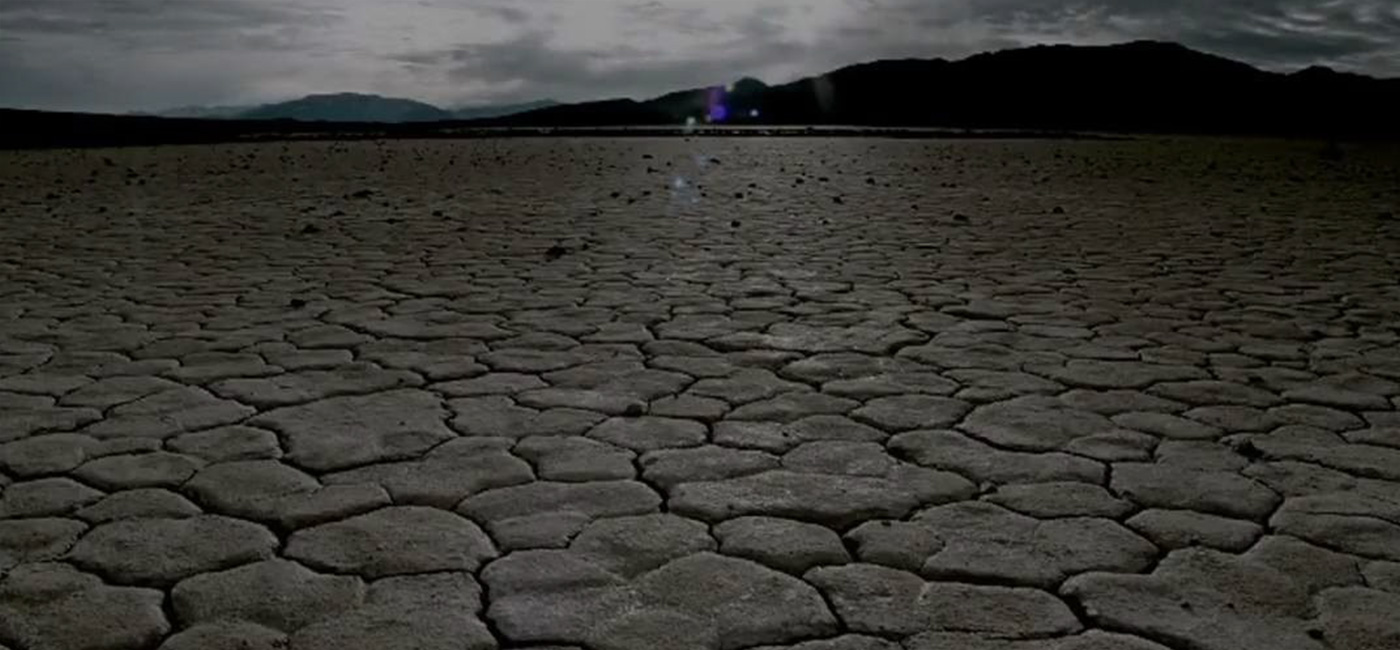Effects if Global Tmperature Continues to Increase

Effects
The effects of human-caused global warming are happening now, are irreversible on the timescale of people alive today, and will worsen in the decades to come.
Our Trajectory
Earth Will Continue to Warm and the Effects Will Be Profound
Global climate change is not a future problem. Changes to Earth's climate driven by increased human emissions of heat-trapping greenhouse gases are already having widespread effects on the environment: glaciers and ice sheets are shrinking, river and lake ice is breaking up earlier, plant and animal geographic ranges are shifting, and plants and trees are blooming sooner.
Effects that scientists had long predicted would result from global climate change are now occurring, such as sea ice loss, accelerated sea level rise, and longer, more intense heat waves.
"Taken as a whole, the range of published evidence indicates that the net damage costs of climate change are likely to be significant and to increase over time."
Some changes (such as droughts, wildfires, and extreme rainfall) are happening faster than scientists previously assessed. In fact, according to the Intergovernmental Panel on Climate Change (IPCC) — the United Nations body established to assess the science related to climate change — modern humans have never before seen the observed changes in our global climate, and some of these changes are irreversible over the next hundreds to thousands of years.
Scientists have high confidence that global temperatures will continue to rise for many decades, mainly due to greenhouse gases produced by human activities.
The IPCC's Sixth Assessment report, published in 2021, found that human emissions of heat-trapping gases have already warmed the climate by nearly 2 degrees Fahrenheit (1.1 degrees Celsius) since pre-Industrial times (starting in 1750).1 The global average temperature is expected to reach or exceed 1.5 degrees C (about 3 degrees F) within the next few decades. These changes will affect all regions of Earth.
The severity of effects caused by climate change will depend on the path of future human activities. More greenhouse gas emissions will lead to more climate extremes and widespread damaging effects across our planet. However, those future effects depend on the total amount of carbon dioxide we emit. So, if we can reduce emissions, we may avoid some of the worst effects.
"Increasing magnitudes of warming increase the likelihood of severe, pervasive, and irreversible impacts."2
Future Effects in the U.S.
[[image_list_plus||Future effects of global climate change in the United States:||Here are some of the expected effects of global climate change on the United States, according to the Third and Fourth National Climate Assessment Reports.||175,169,174,173,196,186,172,171,170,176]] U.S. Regional Effects
U.S. Regional Effects
Climate change is bringing different types of challenges to each region of the country. Some of the current and future impacts are summarized below. These findings are from the Third3 and Fourth4 National Climate Assessment Reports, released by the U.S. Global Change Research Program.
References
References
- IPCC 2021, Climate Change 2021: The Physical Science Basis, the Working Group I contribution to the Sixth Assessment Report , Cambridge University Press, Cambridge, UK.
- IPCC, 2013: Summary for Policymakers. In: Climate Change 2013: The Physical Science Basis. Contribution of Working Group I to the Fifth Assessment Report of the Intergovernmental Panel on Climate Change [Stocker, T.F., D. Qin, G.-K. Plattner, M. Tignor, S.K. Allen, J. Boschung, A. Nauels, Y. Xia, V. Bex and P.M. Midgley (eds.)]. Cambridge University Press, Cambridge, United Kingdom and New York, NY, USA.
- USGCRP 2014, Third Climate Assessment.
- USGCRP 2017, Fourth Climate Assessment.
Source: https://climate.nasa.gov/effects/
0 Response to "Effects if Global Tmperature Continues to Increase"
Post a Comment